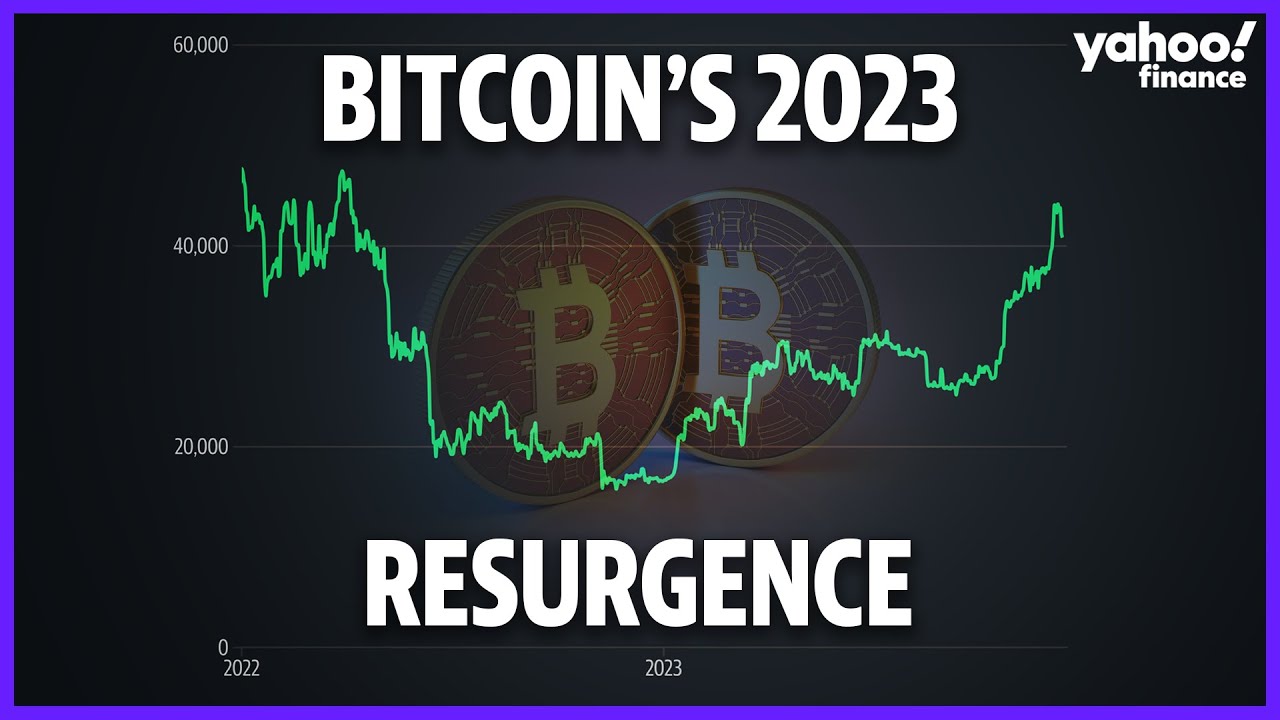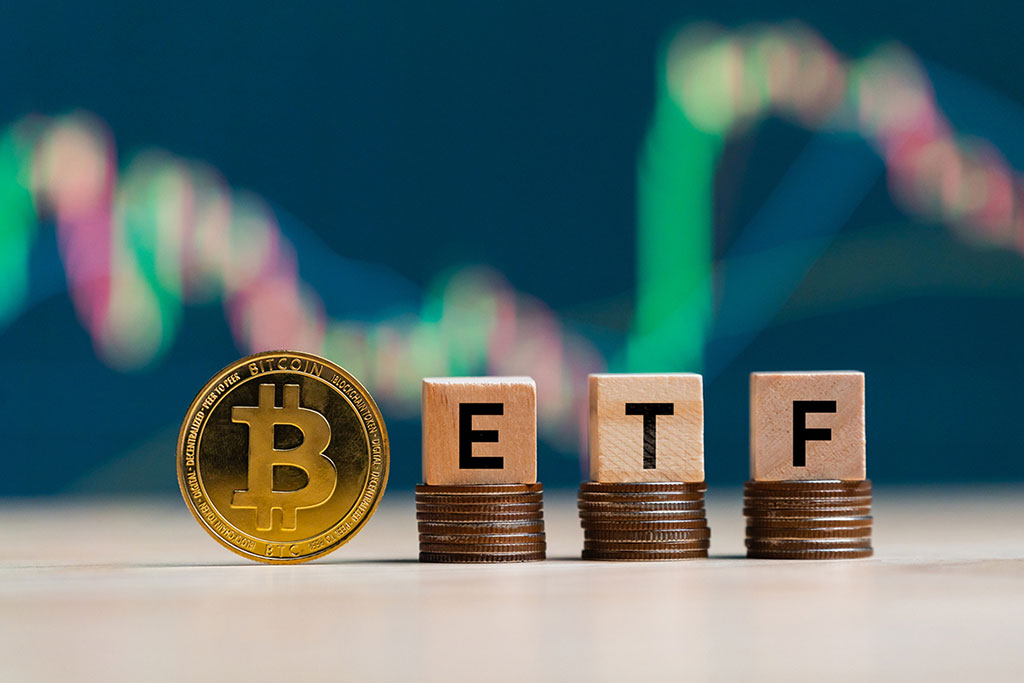Bitcoin recently made headlines with its sudden recovery after a significant drop, just $500 above the $40,000 mark three days ago. Forbes senior contributor Billy Bambrough shed light on this resurgence, attributing it to the growing optimism about a potential Bitcoin spot ETF approval by the U.S. Securities and Exchange Commission (SEC). This optimism is not unfounded, as the market responds to the positive news and speculation surrounding the future of Bitcoin and its related financial products.
The turnaround in Bitcoin’s fortunes can also be linked to bullish forecasts from financial analysts. AllianceBernstein analysts Mahika Sapra and Gautam Chhugani have predicted an ambitious future for Bitcoin. They expect the cryptocurrency’s market capitalization to soar to $1.5 trillion by the end of 2024, with the price potentially hitting $80,000 within the next 12 months. These projections suggest a significant growth trajectory for Bitcoin, fueling investor confidence and market momentum.
Bitcoin ETFs and the crypto market ripple effect
The AllianceBernstein analysts also touched upon the potential impact of Bitcoin ETFs on the market. They anticipate a gradual build-up of ETF flows, with stiff competition among applicants eager to lead in asset accumulation. The inflow of funds into Bitcoin ETFs is projected to be substantial, with an estimated $5 billion in the first half of 2024 and $10 billion in the second half. By 2028, these ETFs could hold around 10% of Bitcoin, marking a significant shift in how the cryptocurrency is held and traded.
This development is expected to create a domino effect in the broader cryptocurrency market. Specifically, other digital currencies like XRP will likely benefit from the increased interest and investment in Bitcoin ETFs. As investors diversify their portfolios and seek out alternative crypto assets, the value of these cryptocurrencies may increase, highlighting the interconnected nature of the digital asset market.
Supporting factors and future outlook
Besides the ETF excitement, several other factors contribute to the positive sentiment around Bitcoin. The upcoming Bitcoin halving in April 2024 is one such event. Historically, halving events, which reduce the reward for mining new blocks, have increased prices due to the reduced rate of new Bitcoin entering circulation. Investors and market analysts eagerly anticipate this event, which could further fuel Bitcoin’s price surge.
Moreover, the growing corporate interest in Bitcoin adds another layer of support to its value. Following the example set by companies like MicroStrategy, which have heavily invested in Bitcoin, there is a growing trend of corporate investment in cryptocurrencies. This legitimizes the asset class and introduces a new market dynamic, with larger and more stable investors becoming involved.
However, analysts from AllianceBernstein have cautioned about a possible short-term sell-off following the approval of a Bitcoin ETF. This sell-off, they predict, will be brief and shallow, but it underscores the volatility and unpredictability of the cryptocurrency market. Despite this, the long-term outlook for Bitcoin remains positive, bolstered by strong market fundamentals and growing institutional interest.
The recent developments in the Bitcoin market, favorable forecasts, and the potential introduction of Bitcoin ETFs have created a wave of optimism among investors. This sentiment is propelling Bitcoin’s value and positively influencing the broader cryptocurrency market, with ripple effects extending to other digital currencies like XRP. As the market continues to evolve, these developments will be closely watched by investors and analysts alike, eager to see how the landscape of digital assets will be shaped in the years to come.





